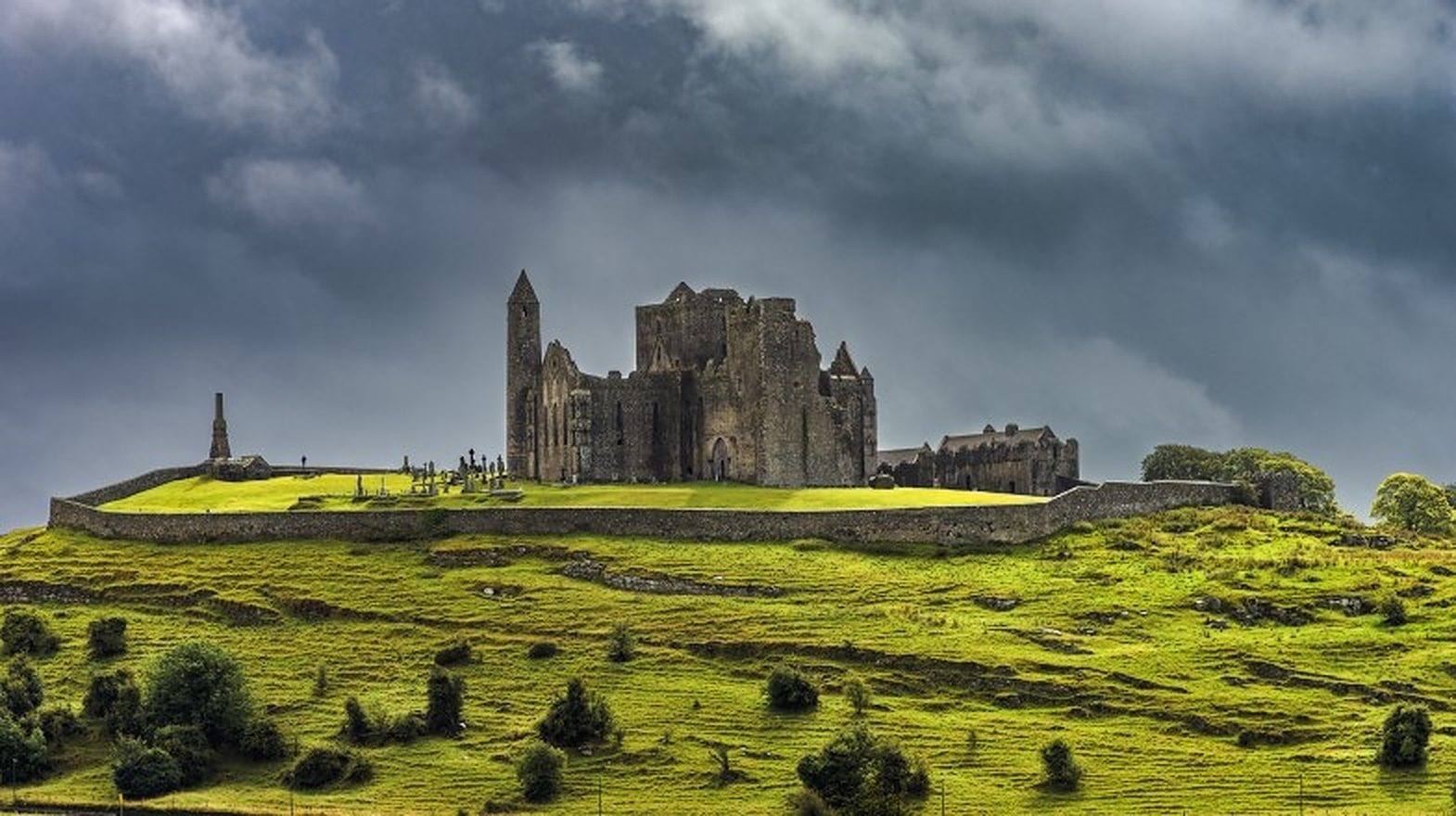Mozart’s Kyrie in D Minor: An Enigma
The impetus for Mozart’s Kyrie in D minor, K.341 remains a fascinating enigma. Initially, it was believed that Mozart completed this sublime choral fragment in Munich in early 1781. The occasion for which it would have been composed remains unclear. The full instrumentation (which includes two clarinets) suggests that the Kyrie may have been intended for a large-scale Mass which remained unfinished. Sketches from the composer’s final years (1787-91) show that he was …







